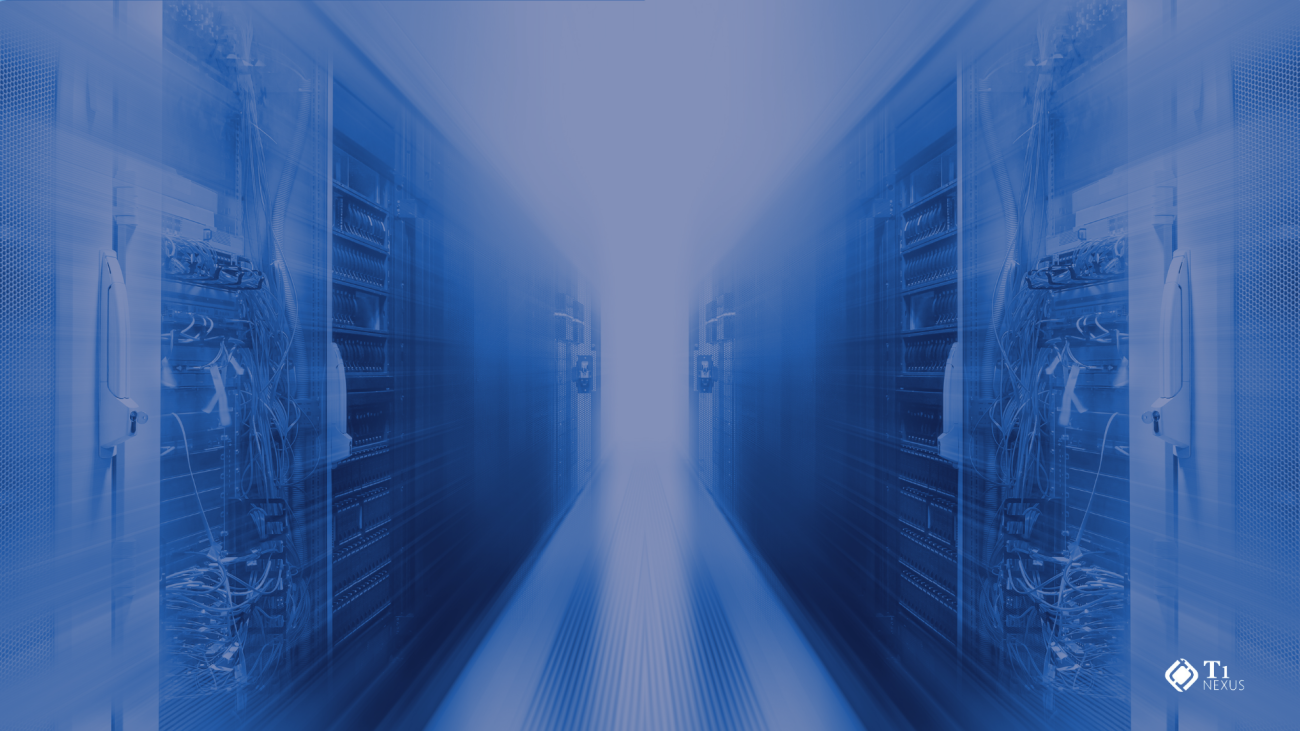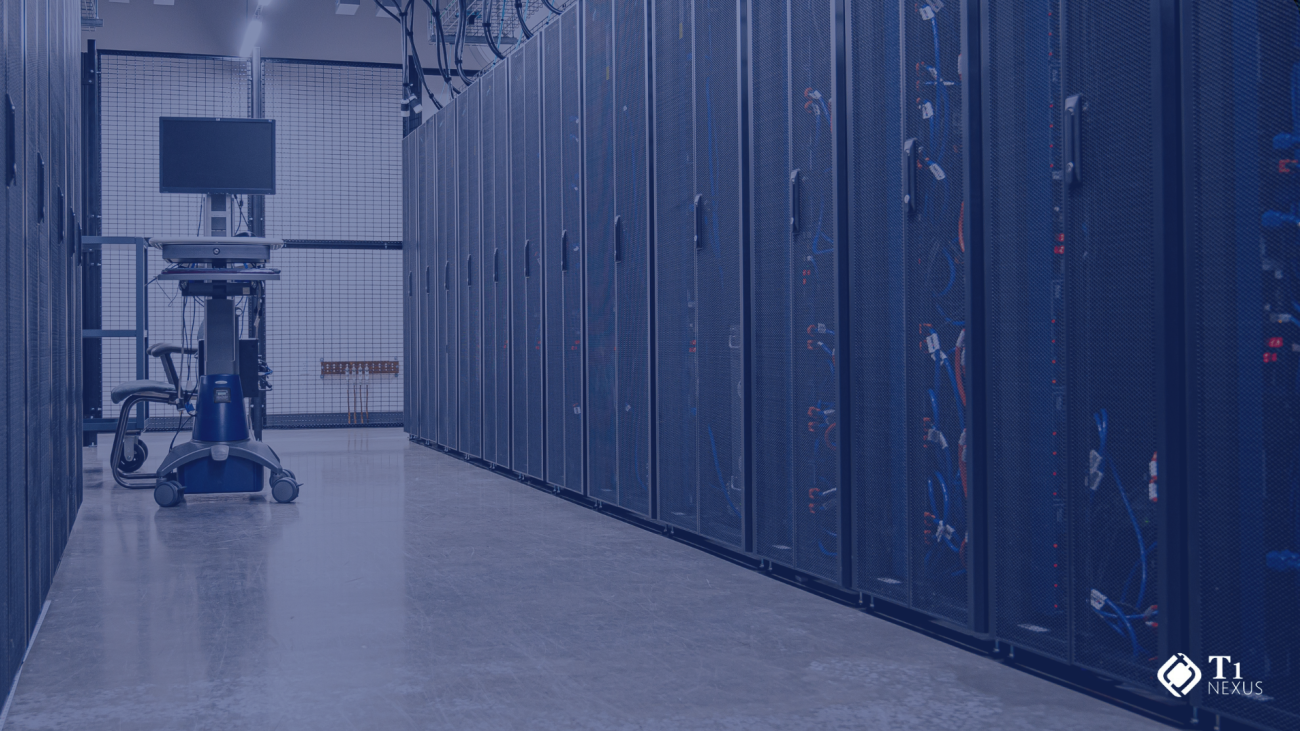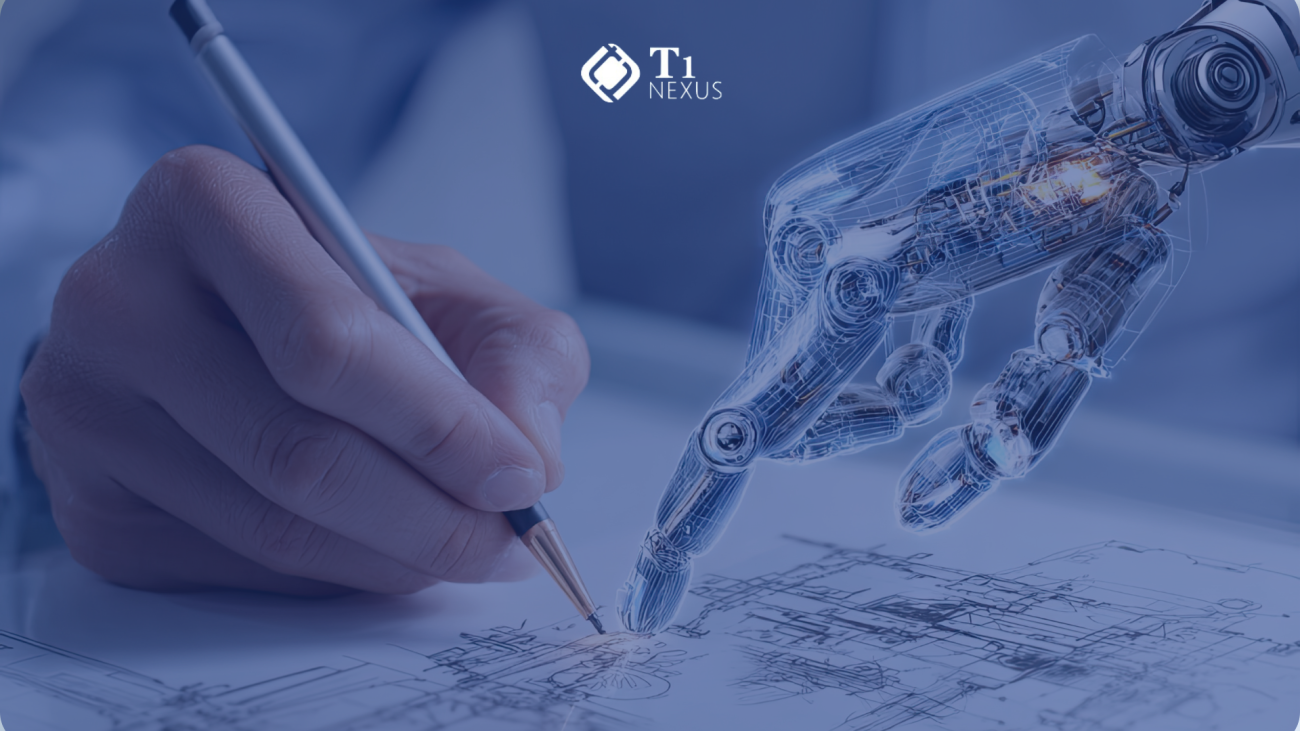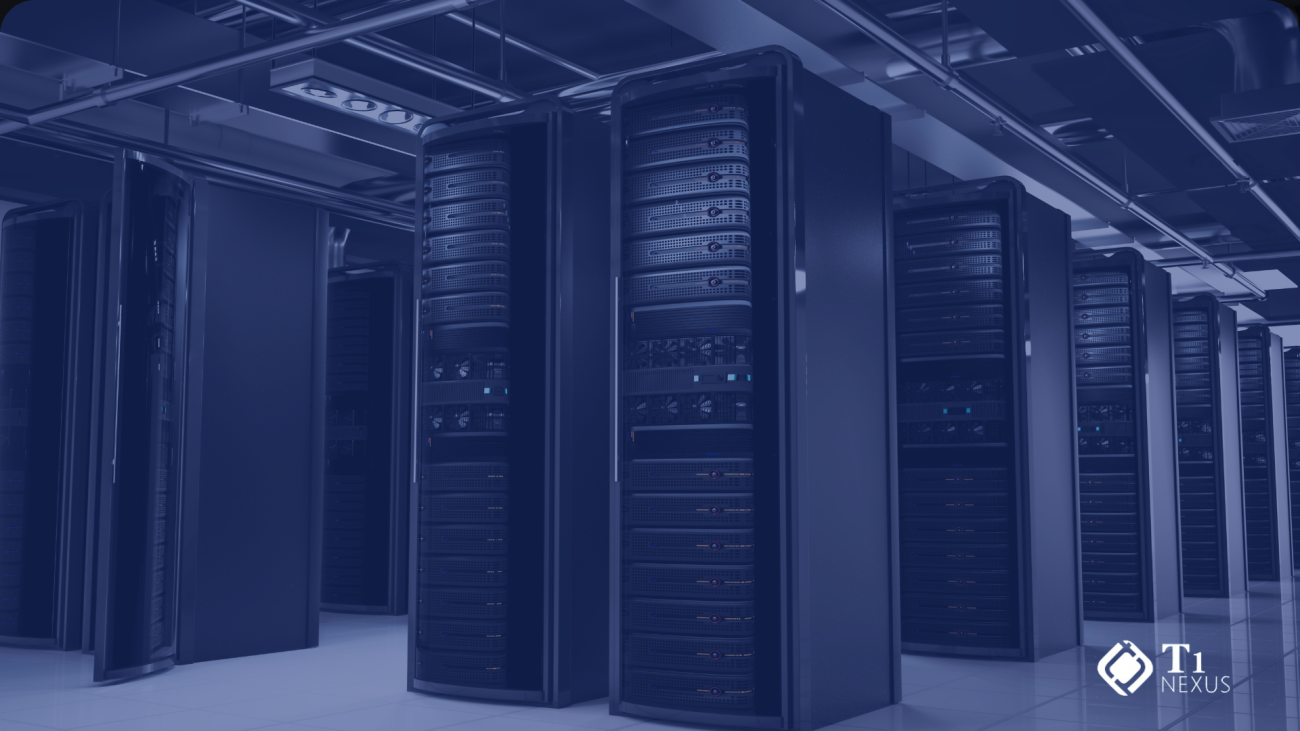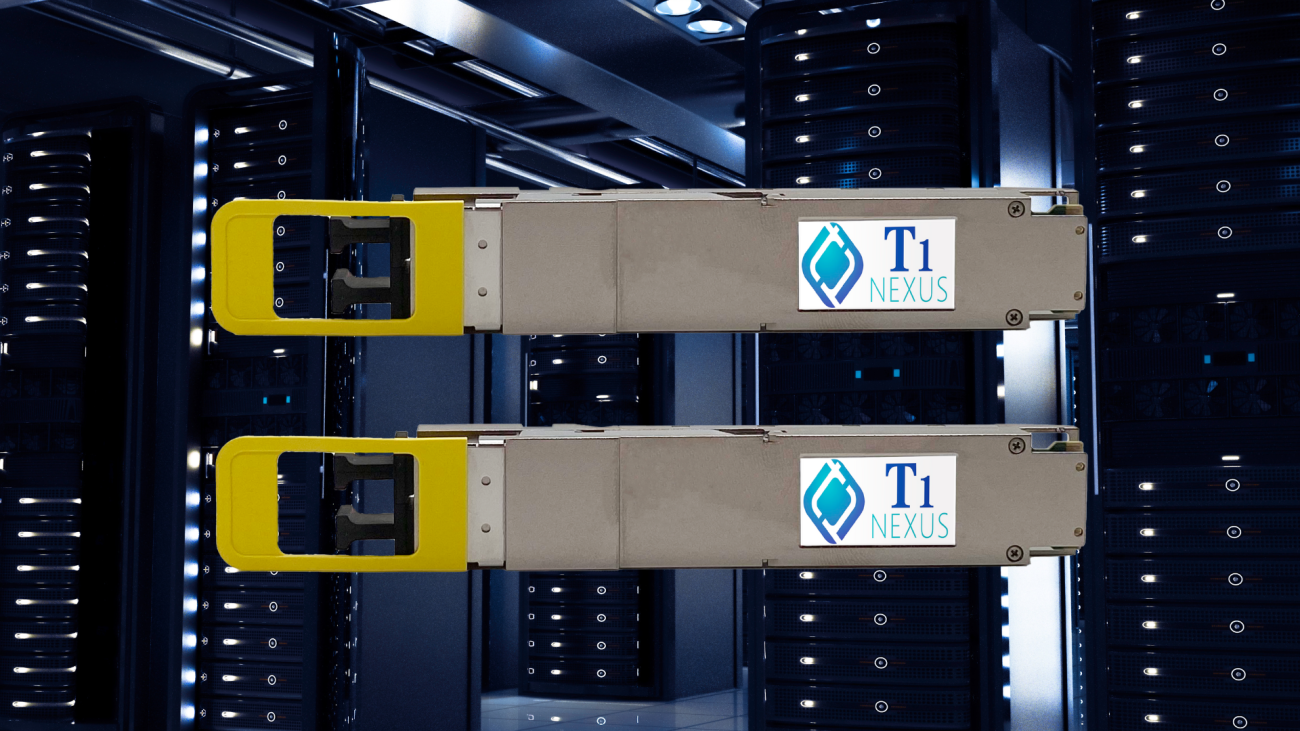
Resources
Navigating Connectivity: Understanding Cable Interconnect Solutions for Optimized AI and Data Center Performance

In the rapidly evolving landscape of AI and data center networks, choosing the right connectivity solution is crucial for optimizing performance and efficiency. T1Nexus, a leader in AI infrastructure, is at the forefront of this transformation, providing the essential building blocks and key connections that form the backbone of the global AI neural net. This article looks at the various types of cables—AOC, DAC, ACC, and AEC—that are integral to modern network switching, helping you make informed decisions for your AI and data center needs.
What do these terms mean, and how do they differ? Let’s break it down!
Direct Attach Cables (DAC)
DACs are high-speed copper cables perfect for short-distance connections within data centers. They’re cost-effective and reliable, making them a popular choice for connecting servers, switches, and storage units over distances up to 7 meters. DACs come in passive and active variants, with Active Copper Cables (ACC) and Active Electrical Cables (AEC) further enhancing signal quality. They’re great for AI clusters because they support high data rates, are energy-efficient, and have excellent heat dissipation.
Advantages of DACs in AI Clusters
DACs support high-speed performance, with data rates reaching up to tens of Gbps, making them ideal for rapid data transfer. These copper cables are also more affordable than fiber optic solutions, providing a cost-effective option for short-range connectivity in data centers. Moreover, DACs operate at lower temperatures, which results in low power consumption. Their copper construction allows for efficient head dissipation, significantly reducing the risk of overheating. Another benefit is their easy installation and maintenance, which simplifies deployment and cuts down on associated costs.
Disadvantages of DACs
However, DACs come with certain limitations. They are only effective for short distances, less than 7 meters. Additionally, DACs tend to be bulkier and less flexible compared to fiber optics, making cable management in dense modern data centers more challenging. They are also more susceptible to electromagnetic interference (EMI), which can impact performance.
Active Optical Cables (AOC)
AOCs integrate fiber-optic cables with optical-electrical transceivers at each end. This means they can handle long-distance, high-speed, and low-power data transmission. Each AOC has two integrated optical modules connected by a fiber optic cable, making them super reliable and efficient. They’re perfect for data centers and high-performance computing (HPC) environments because they offer high transmission speeds, low power consumption, and are easy to install. However, if an AOC module fails, the entire cable needs to be replaced, which can be a bit inconvenient.
Understanding ACC and AECs
Passive DACs have been vital in data centers for their low power use and cost-effectiveness, even at 800G. However, as data rates rise, DACs’ effective range has shrunk, now limited to just 3 meters at 800G. The increase in channels from 4 to 8, and eventually to 16, also causes cables to thicken, complicating management and airflow within server racks. While AOCs are suggested for long distances, their high-power consumption and cost make them less ideal for mid-range links, leading to the development of ACC and AEC, which offer a balanced solution for medium distances.
Difference Between ACC and AEC
When comparing ACC (Active Copper Cable) and AEC (Active Electrical Cables), we see two distinct approaches to enhancing signal quality in data center environments. ACC, employs a redriver chip architecture. This involves using Continuous Time Linear Equalization (CTLE) to boost signals on the receiver (Rx) side, acting as analog signal amplifiers.
On the other hand, AEC is more advanced. It uses a retimer chip architecture to amplify and equalize signals at both transmitter (Tx) and receiver (Rx) ends. Additionally, AEC incorporates clock data recovery (CDR) to reduce jitter, resulting in higher signal integrity and clearer data transmission.
Both AEC and ACC are active cables. ACC amplifies electrical signals, while AEC not only amplifies signals but also includes clock data recovery (CDR) to reduce signal jitter. Unlike copper cables that suffer from RF losses due to the skin effect, AECs use high-frequency carriers to minimize loss. AECs offer longer reach (up to 5-7 meters) due to retimers and FEC capabilities, making them suitable for demanding applications. They provide higher signal integrity by resetting loss and timing plans. While AECs are more efficient and consume less power than optical solutions, they do require some power (6-12 watts). DACs are better for shorter connections (2-3 meters), are cheaper, and do not require power, making them ideal when power consumption is a concern.
Contact us for a detailed copy of a complete cable comparison table.
Why T1Nexus
T1Nexus is revolutionizing AI infrastructure with its state-of-the-art connectivity solutions, setting new standards in performance, reliability, and scalability. Our Active Optical Cables (AOC) and Direct Attach Cables (DAC) are meticulously engineered to meet the demanding requirements of AI-driven data centers, edge computing, and high-performance computing (HPC) environments. By leveraging T1Nexus’s advanced technologies, you are not just choosing cables; you are investing in the future of AI, ensuring seamless data transfer, reduced power consumption, and unparalleled signal integrity. Trust T1Nexus to build the foundation and key connections for the global AI neural network driving innovation and excellence in every connection.

